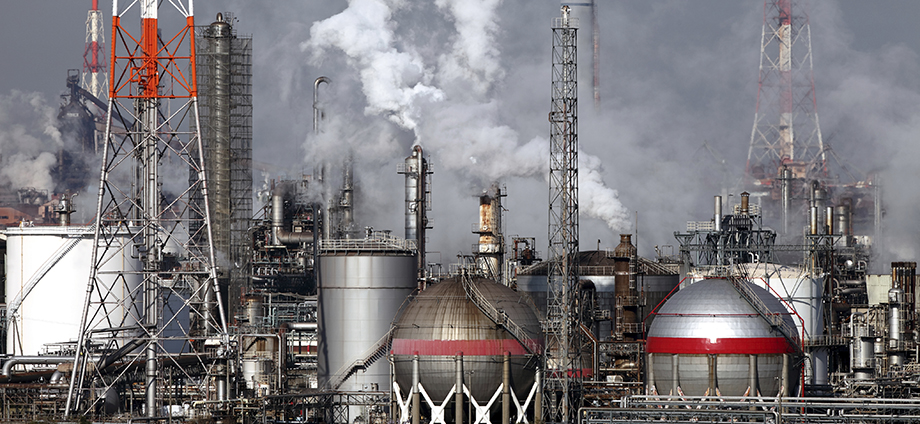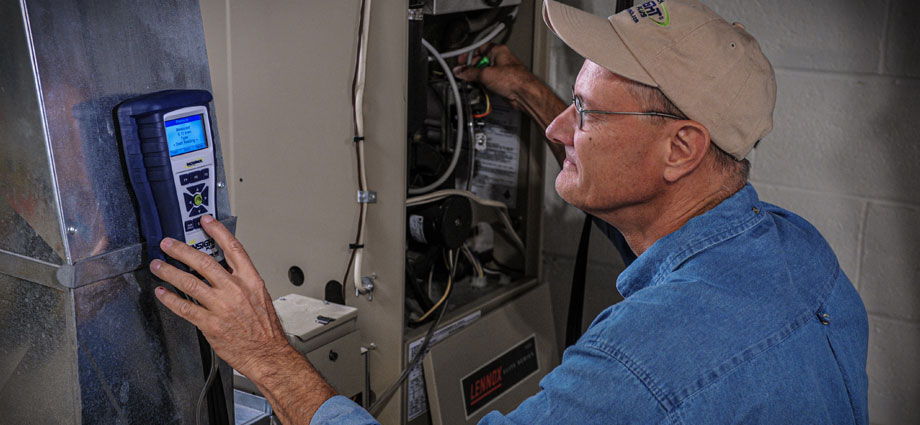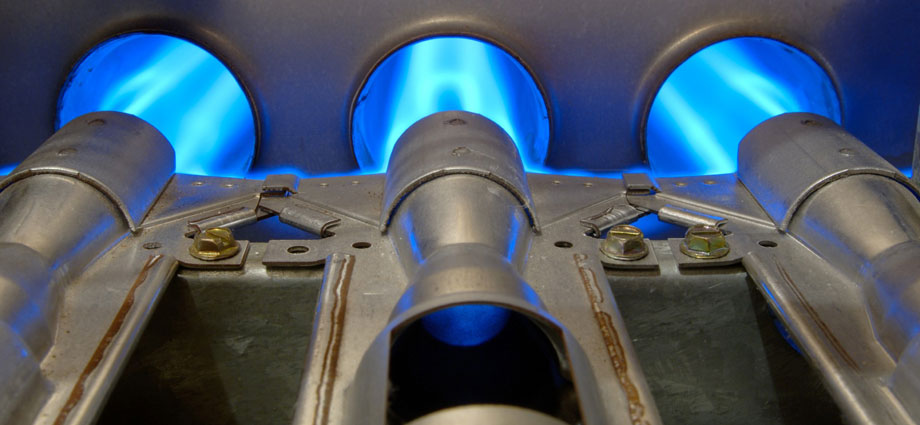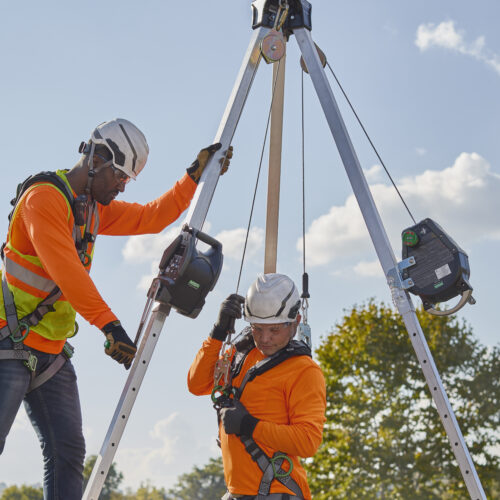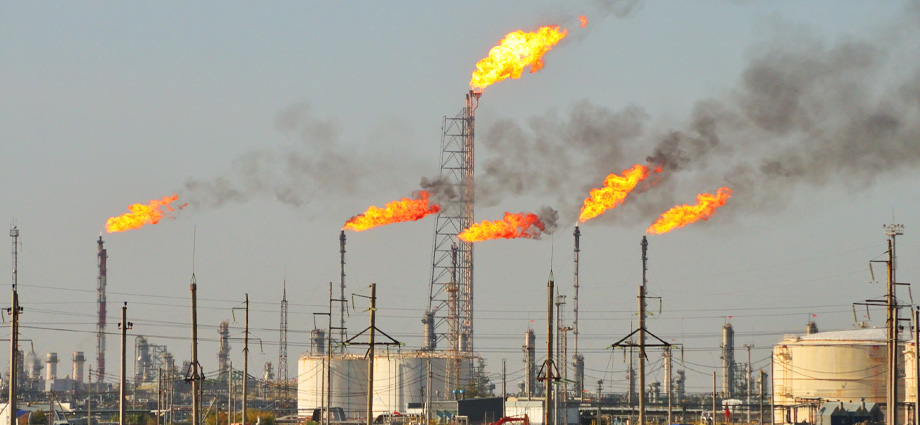
As winter approaches, it’s essential to be aware of the increased risk of carbon monoxide (CO) incidents, both at home and in the workplace. CO monitors can be lifesaving devices, reducing the risk of close calls, hospitalizations, and fatalities. In industrial environments, CO poses a significant hazard, especially in confined spaces. This odorless, colorless, and toxic gas can lead to sudden illness or death by asphyxiation and is flammable within certain concentrations.
There are many names for CO gas, which include: carbon oxide, exhaust gas, and flue gas. CO is generated by multiple sources: cars and trucks, boats, small gasoline engines, stoves, generators, heaters, and many, many industrial processes involving furnaces, boilers, and burners. Don’t forget forklifts in warehouses or your loading dock area. When CO from such sources is released within an enclosed or poorly ventilated area, it becomes a confined space hazard that is potentially dangerous to people and animals.
The CDC, NiOSH and OSHA all consider carbon monoxide gas to be highly dangerous. It requires preventative measures to avoid accidents in the workplace. At the 200-ppm level in the air, CO forms carboxyhemoglobin in the blood that prevents the distribution of oxygen in the body. At the 1000 ppm level, CO exposure may be fatal. People with pre-existing conditions, such as heart or lung disease, are more susceptible to the effects of this toxic gas.
Carbon monoxide is a major industrial gas that has many applications in bulk chemical manufacturing. Other exposure sources to CO gas range from hydrocarbons to microbial decomposition in sewers, grain silos, and fermentation tanks. Common symptoms of carbon monoxide poisoning include headache, nausea, dizziness, weakness, vomiting, chest pain, leg weakness and confusion. There is often little warning before a person experiencing carbon monoxide poisoning experiences symptoms that inhibit their ability to seek safety. Even when severe outcomes are avoided, overexposure to carbon monoxide can lead to lasting neurological damage and other serious health issues.
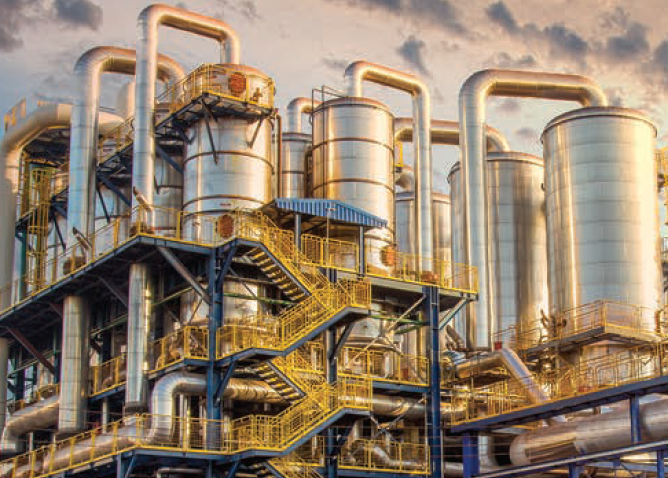
Gas Detection Handbook
Key Concepts & Reference Material for Gas Monitoring Systems
Download the HandbookCarbon monoxide hazards at work aren’t limited to any particular industry. Toll collectors, tunnel officers, and parking garage attendants all face carbon monoxide exposure hazards. Workers using gasoline-powered pressure washers have been injured or killed in such diverse working environments as a farmer in his barn and a cleaning crew in an underground parking garage. A municipal employee at a waste treatment plant lost consciousness while trying to exit from a 59,000-cubic foot room where he had been working with a gas-powered pump.
In the steel industry and other metal processing or finishing plants, workers must take care to avoid carbon monoxide exposure. Large production system furnaces in steel plants are frequently powered by coal and are a toxic CO hazard. These plants require multi-point carbon monoxide gas monitoring systems, with elaborate visual and other alarming devices to protect employees.
Another potential CO exposure environment that may endanger employees is in the electric utility industry. Many power generating plants burn coal in furnaces to heat large boilers creating steam, which powers turbines that generate electricity. Prior to use, the coal is frequently stored in underground storage vaults and transported via conveyor systems through tunnels to the furnaces. The tunnels and conveyor systems require carbon monoxide monitoring to protect employees. CO, at certain levels, also has proven to be a precursor to fires in these tunnel systems.
Our advanced XCell® sensors with TruCal® technology provide a reliable solution for CO leak detection, compatible with our ULTIMA® X5000, General Monitors® S5000, and TG5000 gas monitors. These sensors are designed to enhance safety by performing continuous self-checks and compensating for sensor drift due to environmental changes, ensuring highly accurate CO detection. TruCal’s automated calibration reduces the need for manual calibrations, lowering maintenance efforts while maintaining consistent performance. With the ability to be used across multiple monitoring systems, XCell sensors with TruCal technology are a versatile choice for comprehensive CO monitoring in industrial environments.
Portable gas detectors, such as our ALTAIR io™ 4, allow workers to easily assess CO levels on-the-go, especially in areas that are difficult to reach with fixed gas detectors or in confined spaces. Portable detectors provide real-time alerts when CO concentrations exceed safe thresholds, helping prevent exposure-related health issues. Their compact, lightweight design makes them ideal for use during routine inspections, maintenance, and emergency response, ensuring workers are always aware of potential CO hazards in their immediate environment.
Effective CO gas monitoring is a critical component of a safe industrial environment, protecting both workers and operations from the risks associated with carbon monoxide exposure. By utilizing a combination of fixed monitors, portable detectors, and advanced technologies like XCell sensors with TruCal, companies can maintain accurate and reliable CO detection across various settings. Regular monitoring and prompt response to CO alerts ensure a proactive approach to safety, minimizing health risks and supporting a healthier, safer workplace for everyone. Investing in comprehensive CO monitoring not only safeguards personnel but also reinforces a culture of safety and compliance in any industrial operation.


